What Google’s Indexing Looks like From Discovery to Ranking

How a website renders is a part of the indexing queue and like the other parts has an impact on SEO and ranking. Google’s Martin Splitt explained in a webinar hosted by Duda how rendering impacts SEO and what the crawl process looks like from initial discover to ranking.
The webinar began with Bartosz Goralewicz relating his observations that rendering and layout started surfacing as a trend at Google around 2011.
His personal theory is that it played a role in quality updates.
Perhaps more so today than in the past, rendering and page layout play an important role because of the increased interest in Core Web Vitals.
It could be said that much of the search community is more aware of things like the technical aspects of layout and rendering than in the past.
Rendering influences how fast a web page loads and consequently impacts sales and in some cases rankings.
Does Rendering SEO Help Rankings?
Bartosz started out by asking Martin Splitt a provocative question:
“Can rendering SEO help me rank better?”
Martin paused a moment to think then answered:
“I usually don’t answer ranking questions. I’ll make an exception here.
Generally speaking, no.
But specifically speaking, if there is a problem where something breaks your render and the content doesn’t show up, then if the content doesn’t show up and Google doesn’t see the content properly, then, that might actually hurt you in the sense of, we don’t see the content.
So we might not index the page or we might index the page, but not ranking for the content that you care about.
So yes, in the end it can make a difference and it can have an impact. Yeah, of course.”
Where Rendering Fits From Crawling to Indexing
Bartosz followed up with a question about where rendering fits into the crawling and indexing process.
He asked:
“Where does rendering sit in the whole scenario? …My understanding of that was always that Google creates a queue then crawls, renders and obviously optional, indexes the page. Would that be an oversimplification?”
Martin answered:
“That is slightly oversimplifying, but it’s fundamentally true.”
Bandwidth Affects Website Crawling
This is something that maybe doesn’t get discussed enough and that’s the ability of the server to handle not just Google but all the other bots and site visitors hitting the website.
Google will adjust the crawling if it seems like the server can’t handle the crawl.
This is called, Crawl Capacity Limit. Read more: Why GoogleBot Doesn’t Crawl Enough Pages on Some Sites
Martin Splitt discussed the issue of bandwidth and how it affects crawling.
Martin continued:
“We get lots of your URLs and we get so many URLs that we can’t crawl them all at the same time for the obvious reasons.
We can’t crawl all the URLs all the time at the same time for reasons of bandwidth. So there’s only so much internet bandwidth that you can use.
If you have an online shop and you come online tomorrow with the new online shop website and you have a million product URLs, your server might crash if we crawl all these million URLs at the same time.
So we have to spread this out through time, so there’s a queue in between us discovering a URL and the URL actually being crawled.”
From Crawling to Rendering
Martin next explains the next steps on the road to indexing content.
Martin:
“What happens then is once we have crawled, we can already look into the HTML …we can see …into the HTTP status.
If it’s a 404 HTTP status, then pretty much the processing ends here. If there’s a robots meta tag that says not to index, then our work ends here as well.
But if we get a bunch of HTML content and we can go forward with processing that in the rest of the pipeline, we also then queue the page for JavaScript execution, which is what you would call it “rendering.”
The second queue is very opaque in the sense that you don’t really see how long it takes us to render.
So like in the intake, there’s the URL that we discover and the output of that is either an indexed document or a non indexed document.
That’s pretty much what can happen here.”
What Indexing Queue Looks Like
Martin next provided a simplified outline of what crawling and indexing looks like.
Martin:
“So there is an additional queue that you skipped over, and there are a few more complications where the simplified model might not necessarily apply, but you can assume that the flow normally is discovering, crawling, queuing, rendering, indexing, and then potentially ranking later.”
From Discovery to Ranking
Martin Splitt provided a useful overview of how Google goes from discovering a web page to ranking that page (potentially). Martin seems to know quite a bit about how Google works internally so it’s always enlightening when he shares some of what he knows.
Citation
Watch Martin Splitt discuss rendering and the indexing queue at the 19:35 minute mark:
AI
Exploring the Evolution of Language Translation: A Comparative Analysis of AI Chatbots and Google Translate
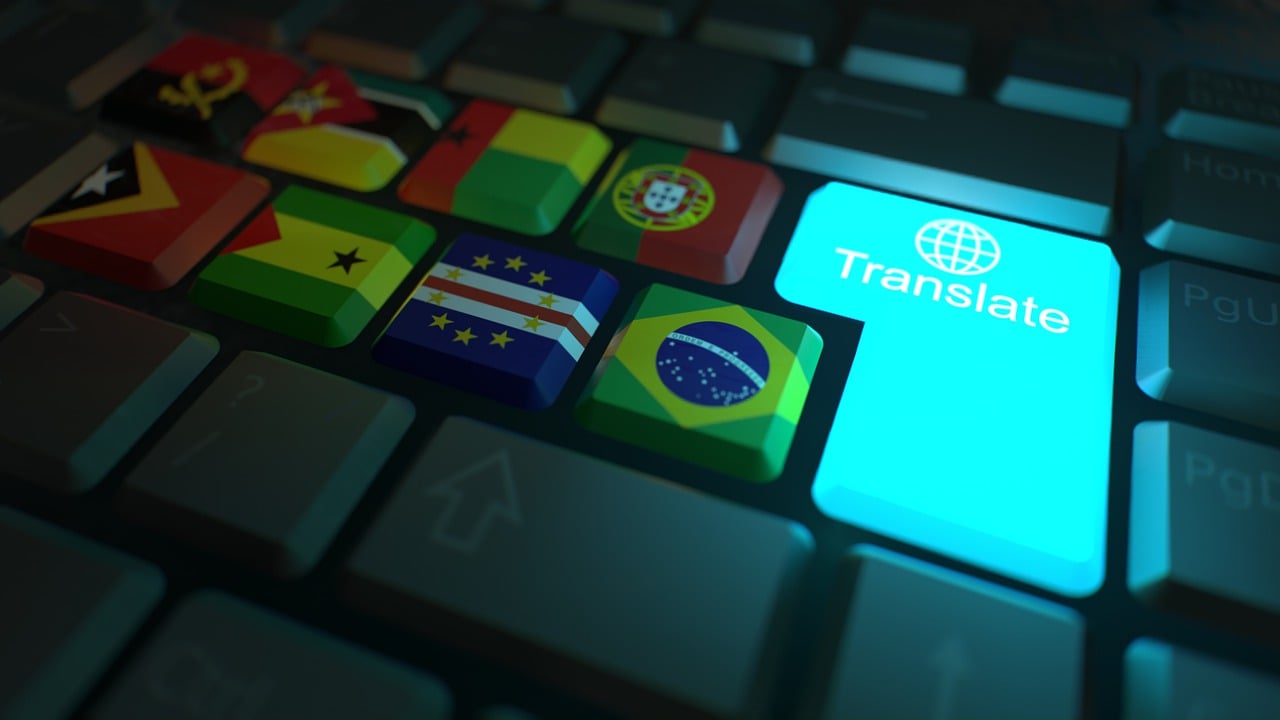
According to an article on PCMag, while Google Translate makes translating sentences into over 100 languages easy, regular users acknowledge that there’s still room for improvement.
In theory, large language models (LLMs) such as ChatGPT are expected to bring about a new era in language translation. These models consume vast amounts of text-based training data and real-time feedback from users worldwide, enabling them to quickly learn to generate coherent, human-like sentences in a wide range of languages.
However, despite the anticipation that ChatGPT would revolutionize translation, previous experiences have shown that such expectations are often inaccurate, posing challenges for translation accuracy. To put these claims to the test, PCMag conducted a blind test, asking fluent speakers of eight non-English languages to evaluate the translation results from various AI services.
The test compared ChatGPT (both the free and paid versions) to Google Translate, as well as to other competing chatbots such as Microsoft Copilot and Google Gemini. The evaluation involved comparing the translation quality for two test paragraphs across different languages, including Polish, French, Korean, Spanish, Arabic, Tagalog, and Amharic.
In the first test conducted in June 2023, participants consistently favored AI chatbots over Google Translate. ChatGPT, Google Bard (now Gemini), and Microsoft Bing outperformed Google Translate, with ChatGPT receiving the highest praise. ChatGPT demonstrated superior performance in converting colloquialisms, while Google Translate often provided literal translations that lacked cultural nuance.
For instance, ChatGPT accurately translated colloquial expressions like “blow off steam,” whereas Google Translate produced more literal translations that failed to resonate across cultures. Participants appreciated ChatGPT’s ability to maintain consistent levels of formality and its consideration of gender options in translations.
The success of AI chatbots like ChatGPT can be attributed to reinforcement learning with human feedback (RLHF), which allows these models to learn from human preferences and produce culturally appropriate translations, particularly for non-native speakers. However, it’s essential to note that while AI chatbots outperformed Google Translate, they still had limitations and occasional inaccuracies.
In a subsequent test, PCMag evaluated different versions of ChatGPT, including the free and paid versions, as well as language-specific AI agents from OpenAI’s GPTStore. The paid version of ChatGPT, known as ChatGPT Plus, consistently delivered the best translations across various languages. However, Google Translate also showed improvement, performing surprisingly well compared to previous tests.
Overall, while ChatGPT Plus emerged as the preferred choice for translation, Google Translate demonstrated notable improvement, challenging the notion that AI chatbots are always superior to traditional translation tools.
Source: https://www.pcmag.com/articles/google-translate-vs-chatgpt-which-is-the-best-language-translator
Google Implements Stricter Guidelines for Mass Email Senders to Gmail Users
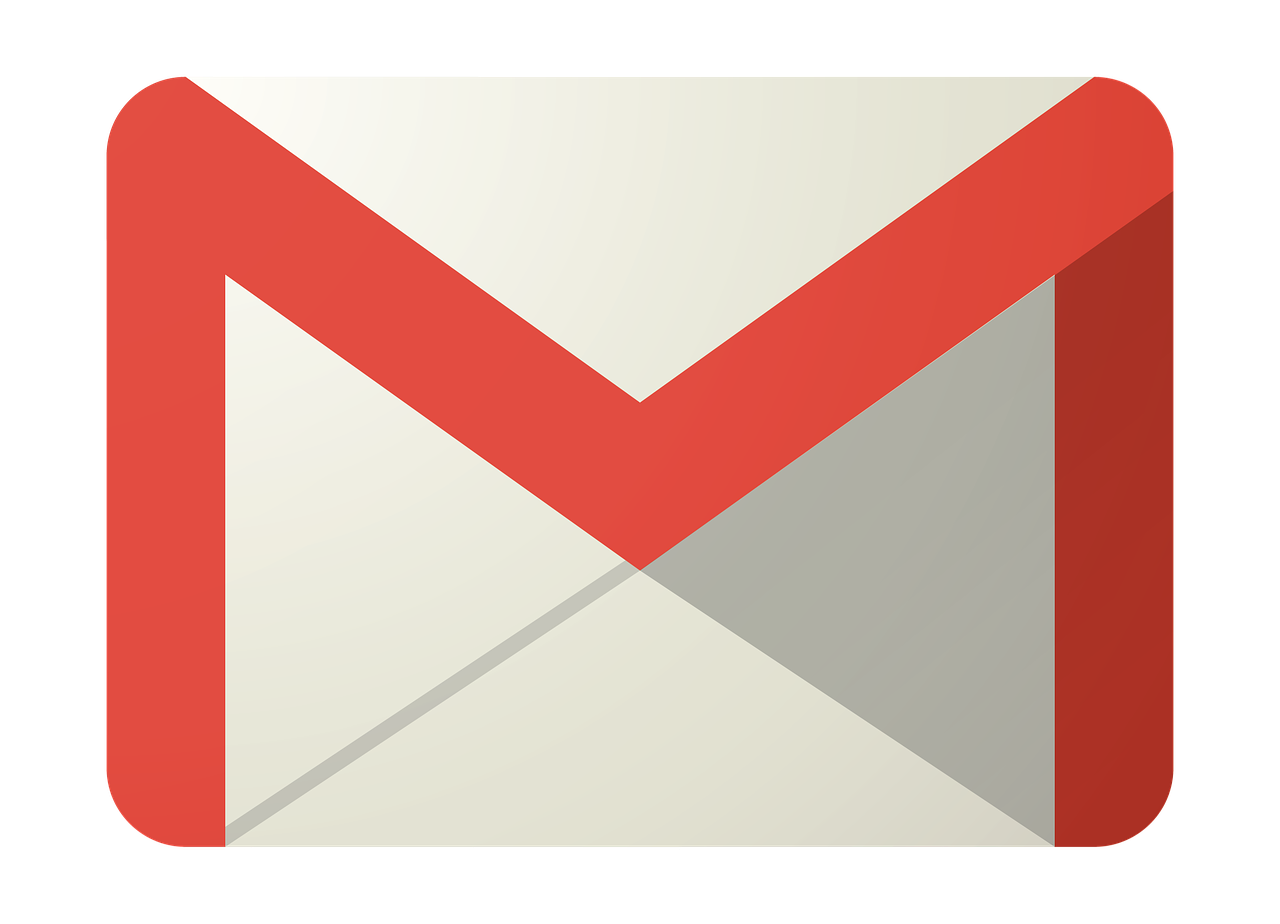
Beginning in April, Gmail senders bombarding users with unwanted mass emails will encounter a surge in message rejections unless they comply with the freshly minted Gmail email sender protocols, Google cautions.
Fresh Guidelines for Dispatching Mass Emails to Gmail Inboxes In an elucidative piece featured on Forbes, it was highlighted that novel regulations are being ushered in to shield Gmail users from the deluge of unsolicited mass emails. Initially, there were reports surfacing about certain marketers receiving error notifications pertaining to messages dispatched to Gmail accounts. Nonetheless, a Google representative clarified that these specific errors, denoted as 550-5.7.56, weren’t novel but rather stemmed from existing authentication prerequisites.
Moreover, Google has verified that commencing from April, they will initiate “the rejection of a portion of non-compliant email traffic, progressively escalating the rejection rate over time.” Google elaborates that, for instance, if 75% of the traffic adheres to the new email sender authentication criteria, then a portion of the remaining non-conforming 25% will face rejection. The exact proportion remains undisclosed. Google does assert that the implementation of the new regulations will be executed in a “step-by-step fashion.”
This cautious and methodical strategy seems to have already kicked off, with transient errors affecting a “fraction of their non-compliant email traffic” coming into play this month. Additionally, Google stipulates that bulk senders will be granted until June 1 to integrate “one-click unsubscribe” in all commercial or promotional correspondence.
Exclusively Personal Gmail Accounts Subject to Rejection These alterations exclusively affect bulk emails dispatched to personal Gmail accounts. Entities sending out mass emails, specifically those transmitting a minimum of 5,000 messages daily to Gmail accounts, will be mandated to authenticate outgoing emails and “refrain from dispatching unsolicited emails.” The 5,000 message threshold is tabulated based on emails transmitted from the same principal domain, irrespective of the employment of subdomains. Once the threshold is met, the domain is categorized as a permanent bulk sender.
These guidelines do not extend to communications directed at Google Workspace accounts, although all senders, including those utilizing Google Workspace, are required to adhere to the updated criteria.
Augmented Security and Enhanced Oversight for Gmail Users A Google spokesperson emphasized that these requisites are being rolled out to “fortify sender-side security and augment user control over inbox contents even further.” For the recipient, this translates to heightened trust in the authenticity of the email sender, thus mitigating the risk of falling prey to phishing attempts, a tactic frequently exploited by malevolent entities capitalizing on authentication vulnerabilities. “If anything,” the spokesperson concludes, “meeting these stipulations should facilitate senders in reaching their intended recipients more efficiently, with reduced risks of spoofing and hijacking by malicious actors.”
Google’s Next-Gen AI Chatbot, Gemini, Faces Delays: What to Expect When It Finally Launches
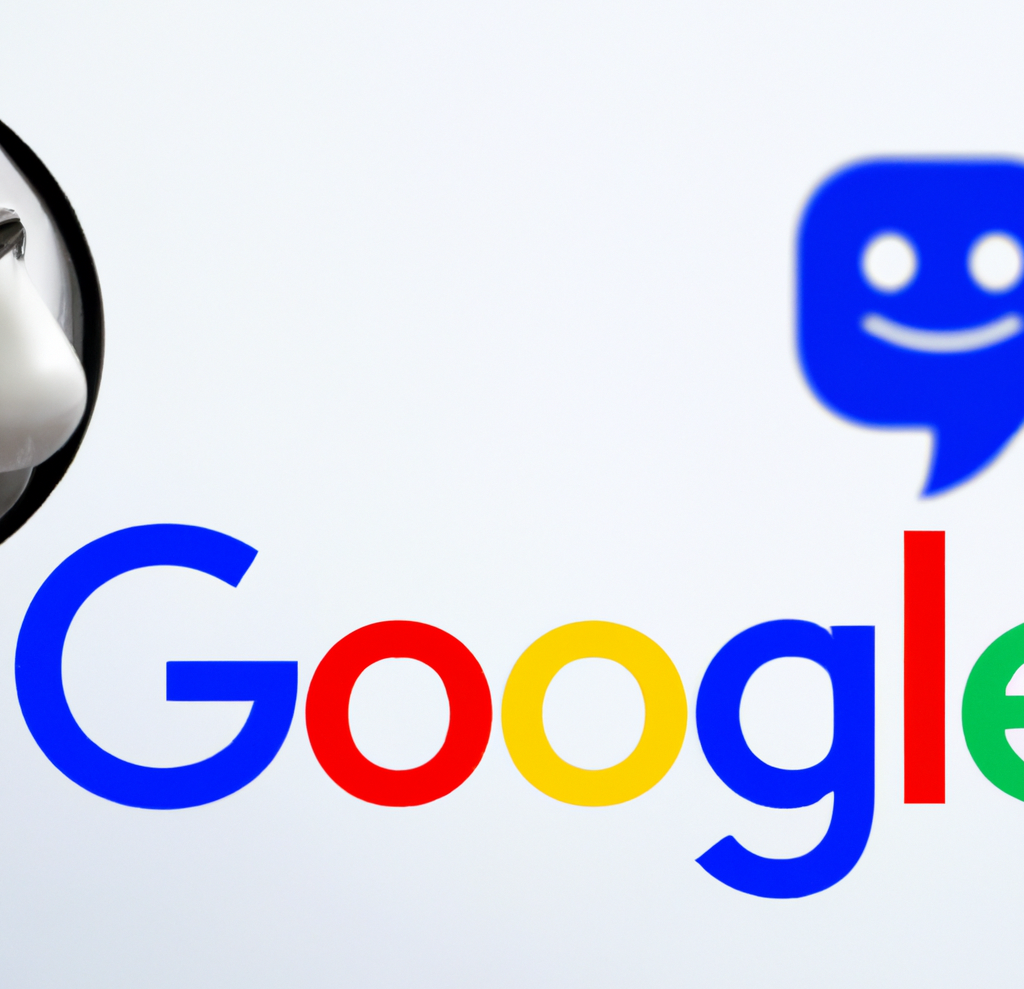
In an unexpected turn of events, Google has chosen to postpone the much-anticipated debut of its revolutionary generative AI model, Gemini. Initially poised to make waves this week, the unveiling has now been rescheduled for early next year, specifically in January.
Gemini is set to redefine the landscape of conversational AI, representing Google’s most potent endeavor in this domain to date. Positioned as a multimodal AI chatbot, Gemini boasts the capability to process diverse data types. This includes a unique proficiency in comprehending and generating text, images, and various content formats, even going so far as to create an entire website based on a combination of sketches and written descriptions.
Originally, Google had planned an elaborate series of launch events spanning California, New York, and Washington. Regrettably, these events have been canceled due to concerns about Gemini’s responsiveness to non-English prompts. According to anonymous sources cited by The Information, Google’s Chief Executive, Sundar Pichai, personally decided to postpone the launch, acknowledging the importance of global support as a key feature of Gemini’s capabilities.
Gemini is expected to surpass the renowned ChatGPT, powered by OpenAI’s GPT-4 model, and preliminary private tests have shown promising results. Fueled by significantly enhanced computing power, Gemini has outperformed GPT-4, particularly in FLOPS (Floating Point Operations Per Second), owing to its access to a multitude of high-end AI accelerators through the Google Cloud platform.
SemiAnalysis, a research firm affiliated with Substack Inc., expressed in an August blog post that Gemini appears poised to “blow OpenAI’s model out of the water.” The extensive compute power at Google’s disposal has evidently contributed to Gemini’s superior performance.
Google’s Vice President and Manager of Bard and Google Assistant, Sissie Hsiao, offered insights into Gemini’s capabilities, citing examples like generating novel images in response to specific requests, such as illustrating the steps to ice a three-layer cake.
While Google’s current generative AI offering, Bard, has showcased noteworthy accomplishments, it has struggled to achieve the same level of consumer awareness as ChatGPT. Gemini, with its unparalleled capabilities, is expected to be a game-changer, demonstrating impressive multimodal functionalities never seen before.
During the initial announcement at Google’s I/O developer conference in May, the company emphasized Gemini’s multimodal prowess and its developer-friendly nature. An application programming interface (API) is under development, allowing developers to seamlessly integrate Gemini into third-party applications.
As the world awaits the delayed unveiling of Gemini, the stakes are high, with Google aiming to revolutionize the AI landscape and solidify its position as a leader in generative artificial intelligence. The postponed launch only adds to the anticipation surrounding Gemini’s eventual debut in the coming year.
-

 PPC6 days ago
PPC6 days agoHow the TikTok Algorithm Works in 2024 (+9 Ways to Go Viral)
-

 SEO6 days ago
SEO6 days agoBlog Post Checklist: Check All Prior to Hitting “Publish”
-

 SEO5 days ago
SEO5 days agoHow to Use Keywords for SEO: The Complete Beginner’s Guide
-

 MARKETING5 days ago
MARKETING5 days agoHow To Protect Your People and Brand
-

 PPC7 days ago
PPC7 days agoHow to Craft Compelling Google Ads for eCommerce
-

 SEARCHENGINES7 days ago
SEARCHENGINES7 days agoGoogle Started Enforcing The Site Reputation Abuse Policy
-

 MARKETING6 days ago
MARKETING6 days agoElevating Women in SEO for a More Inclusive Industry
-

 PPC6 days ago
PPC6 days agoHow to Brainstorm Business Ideas: 9 Fool-Proof Approaches






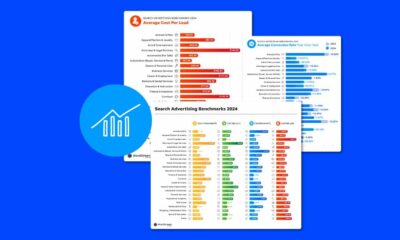

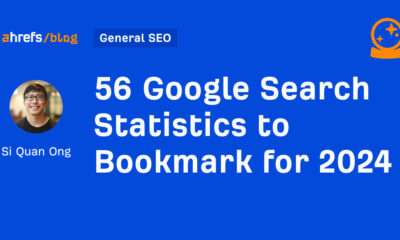







You must be logged in to post a comment Login